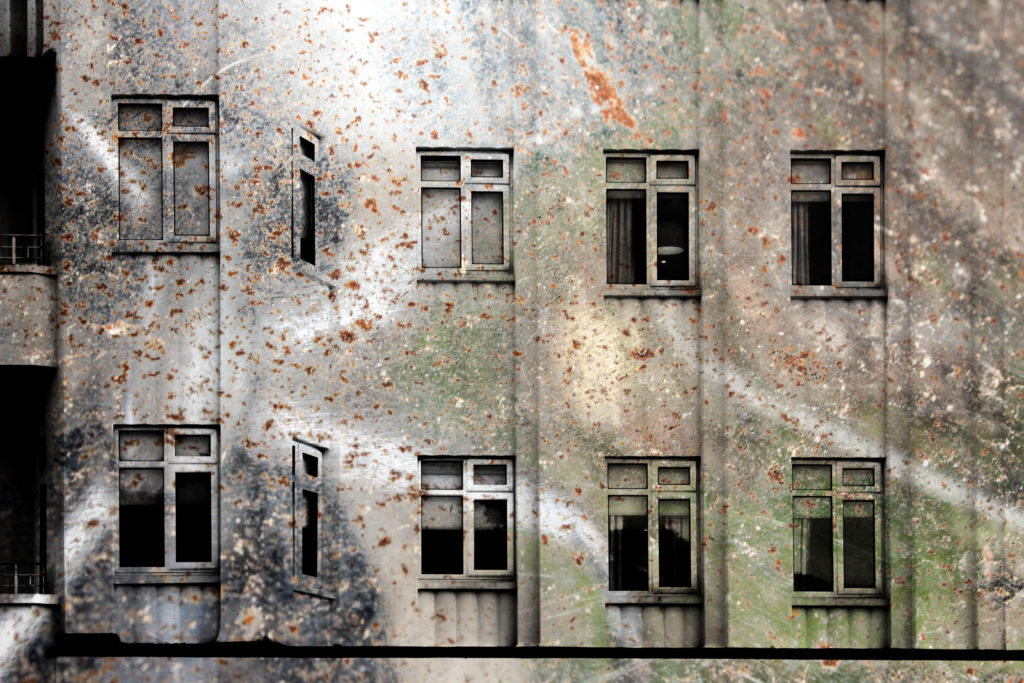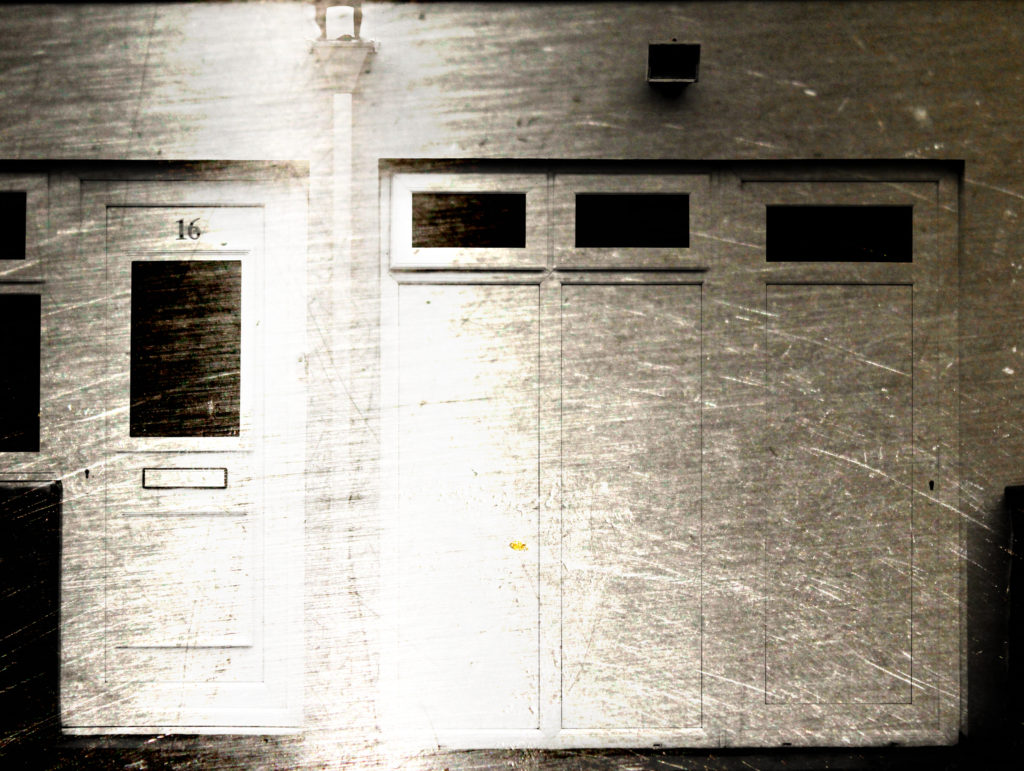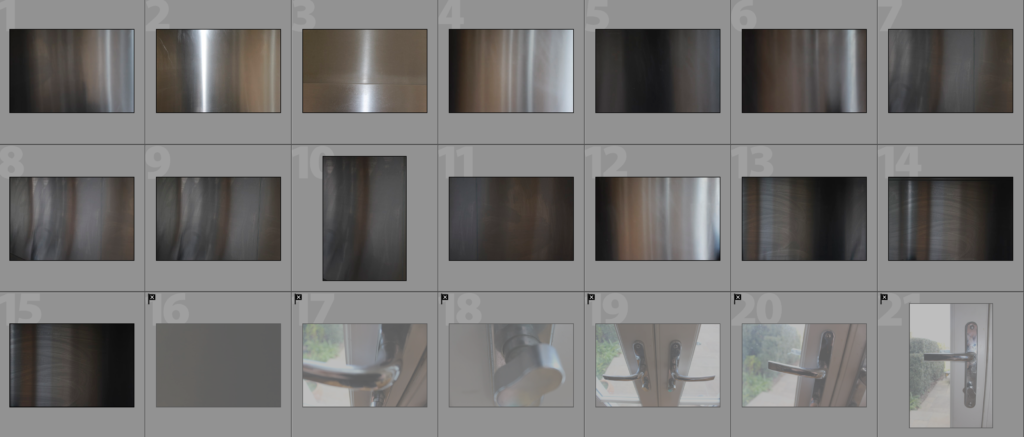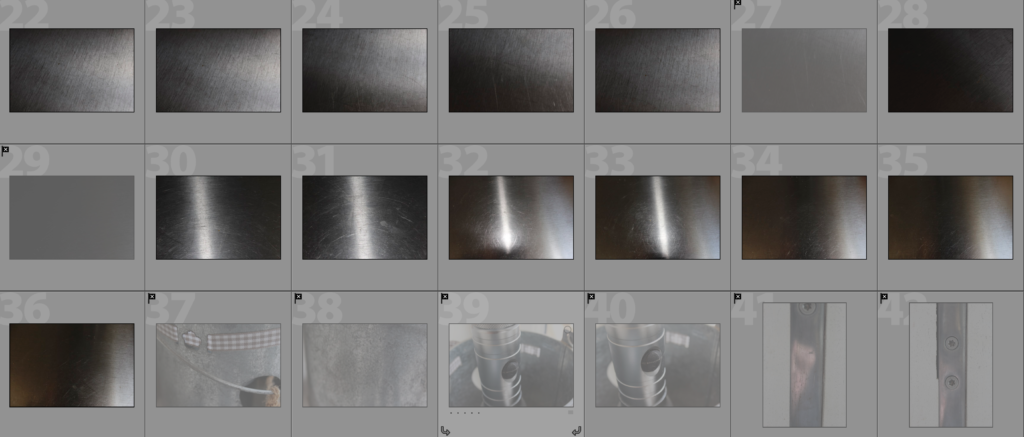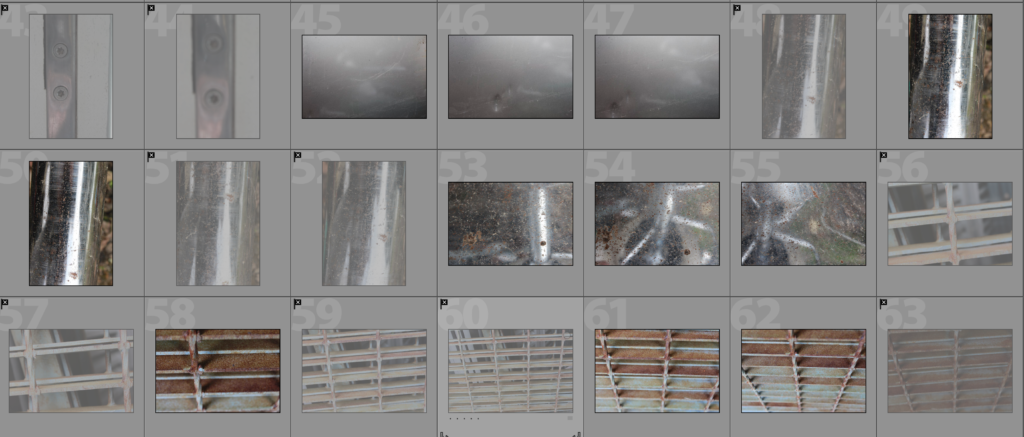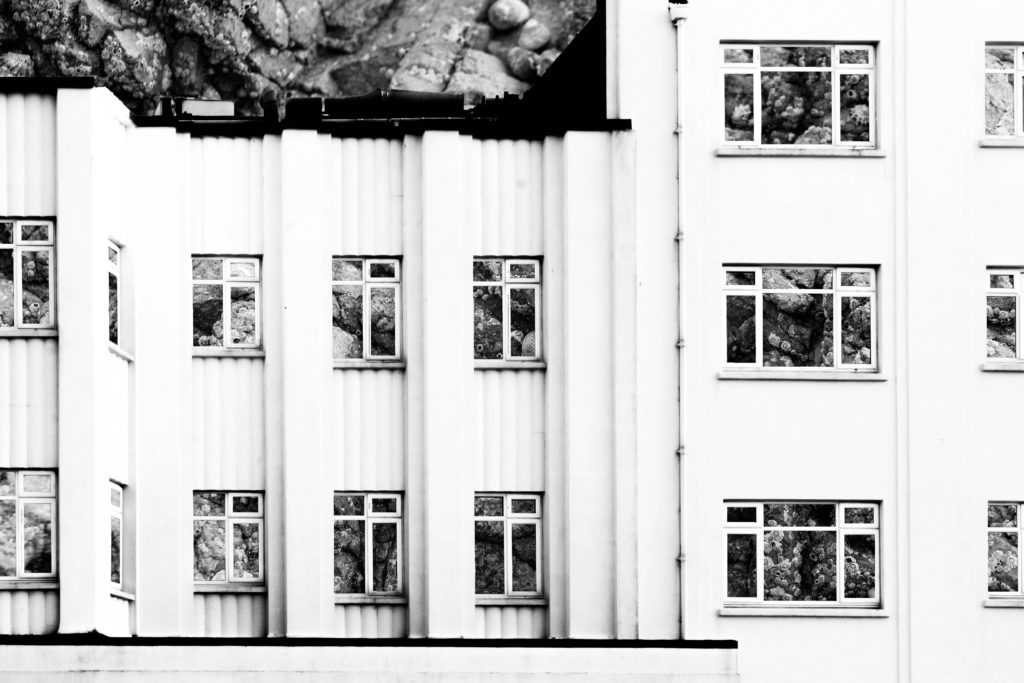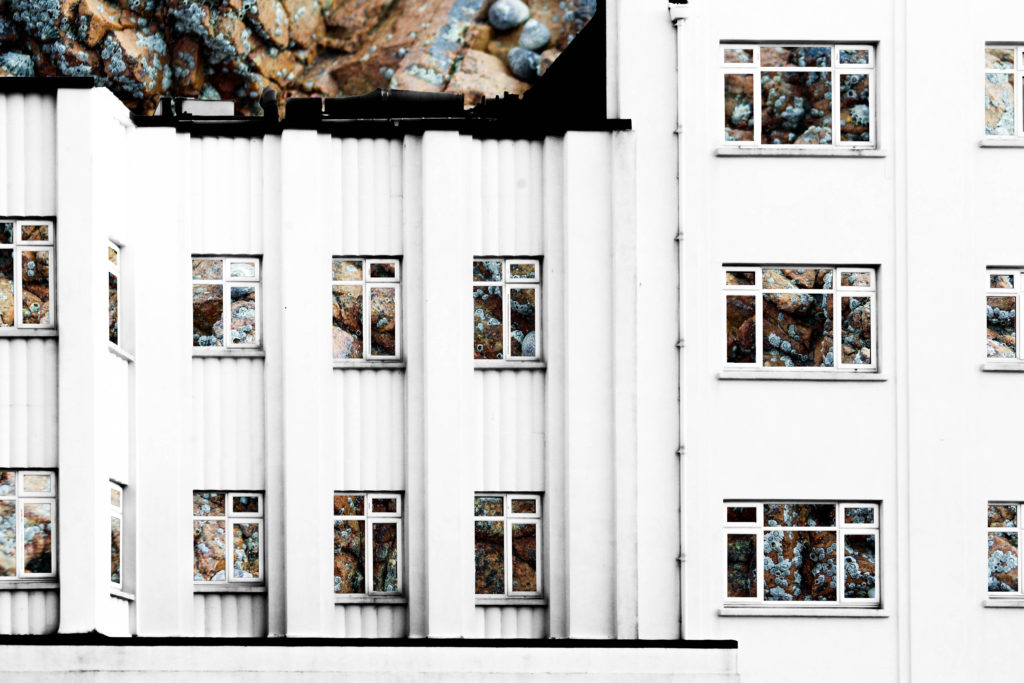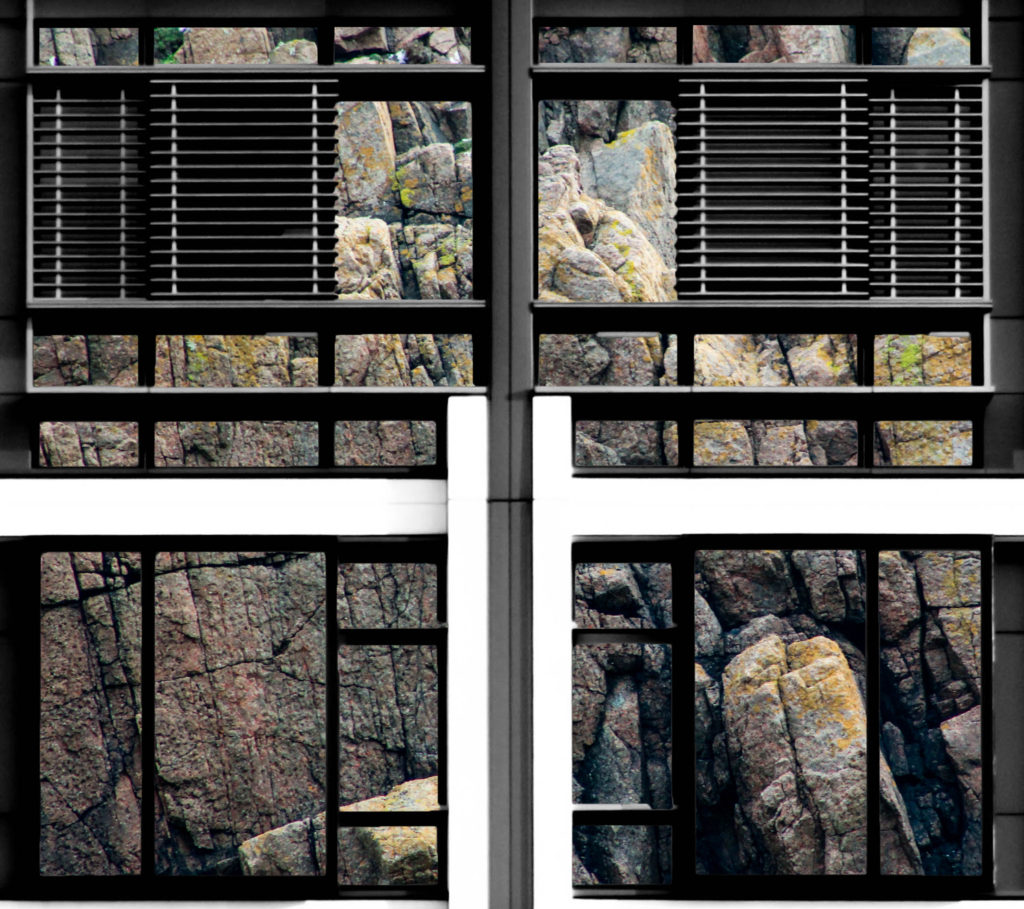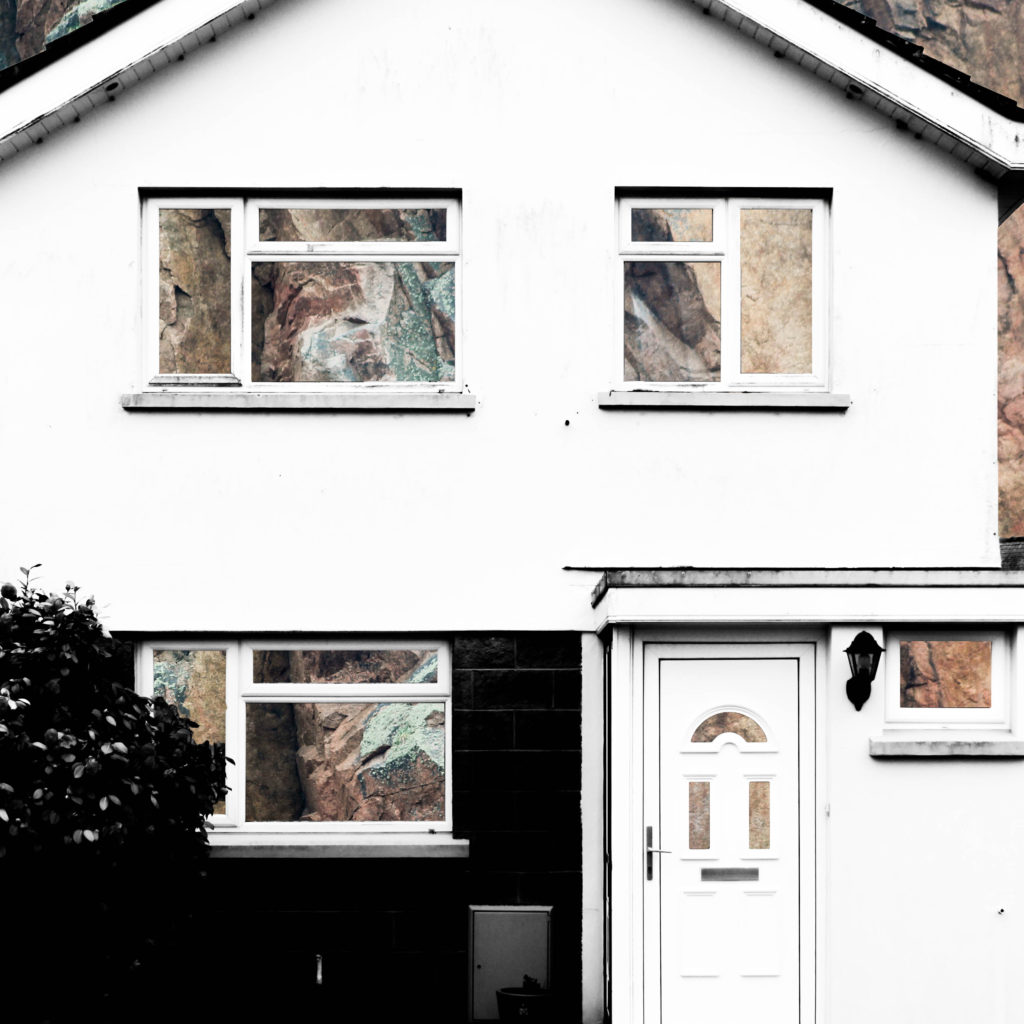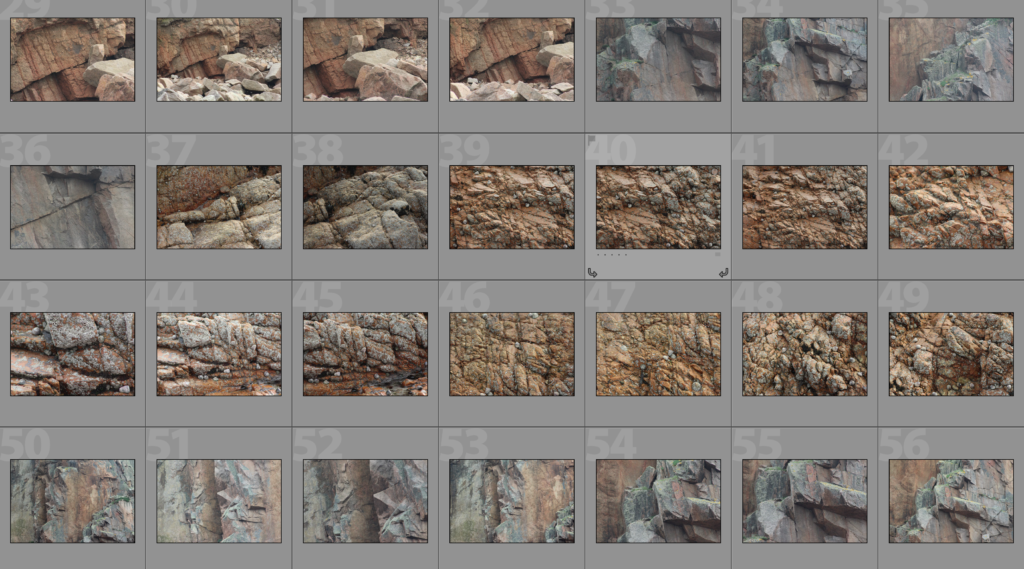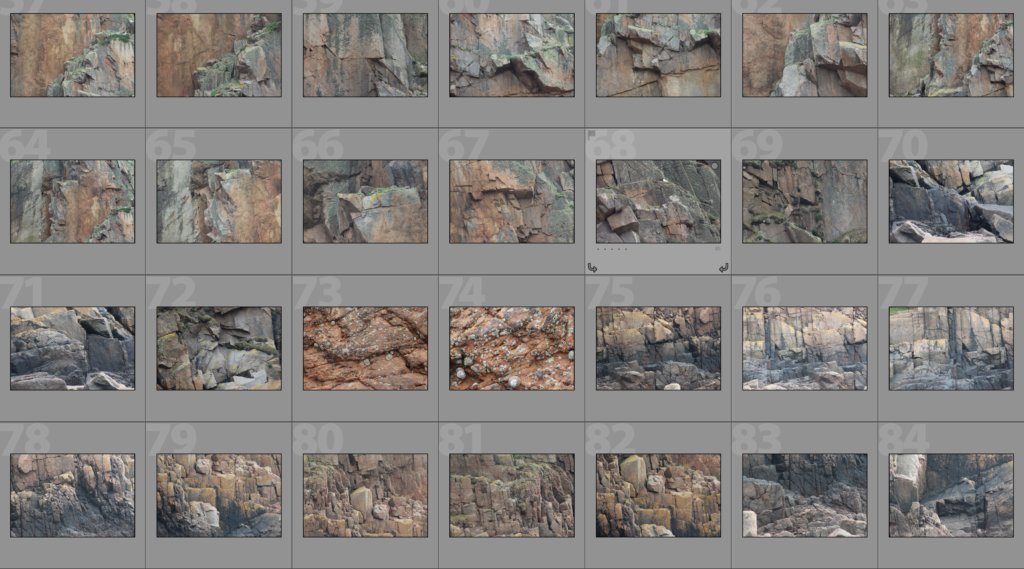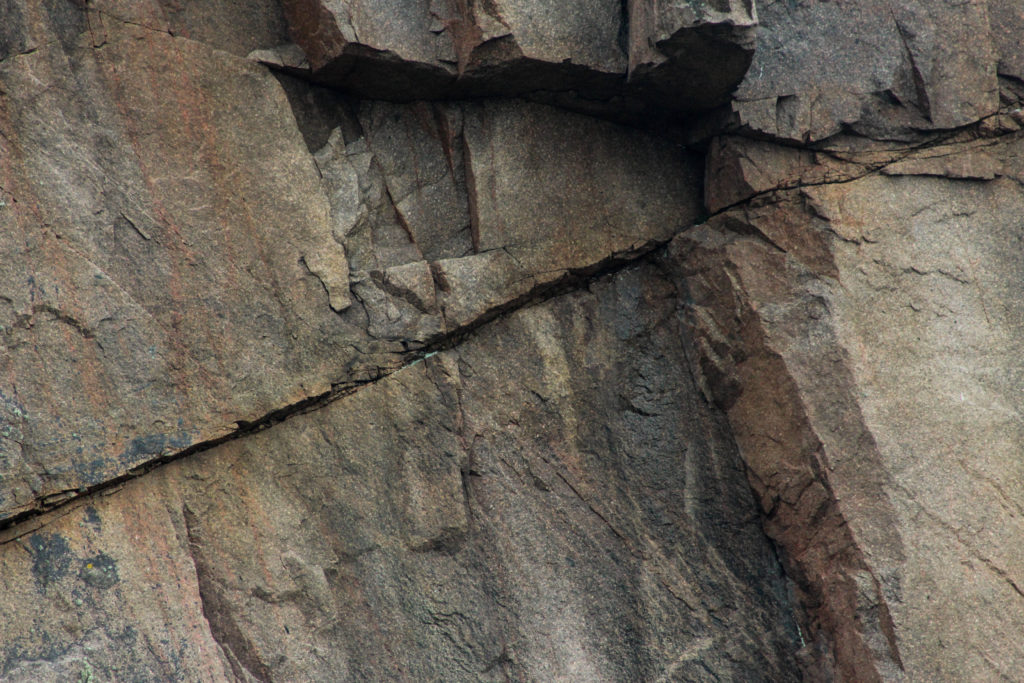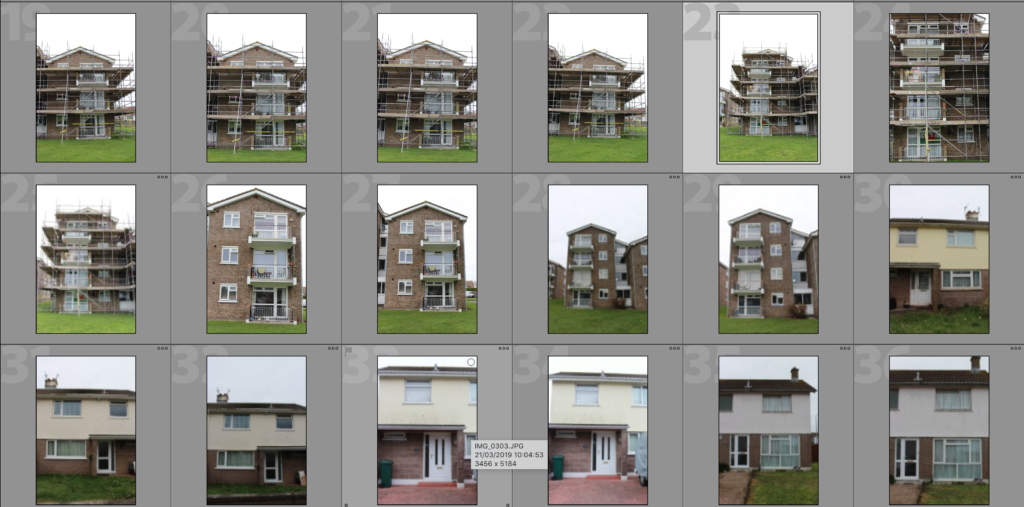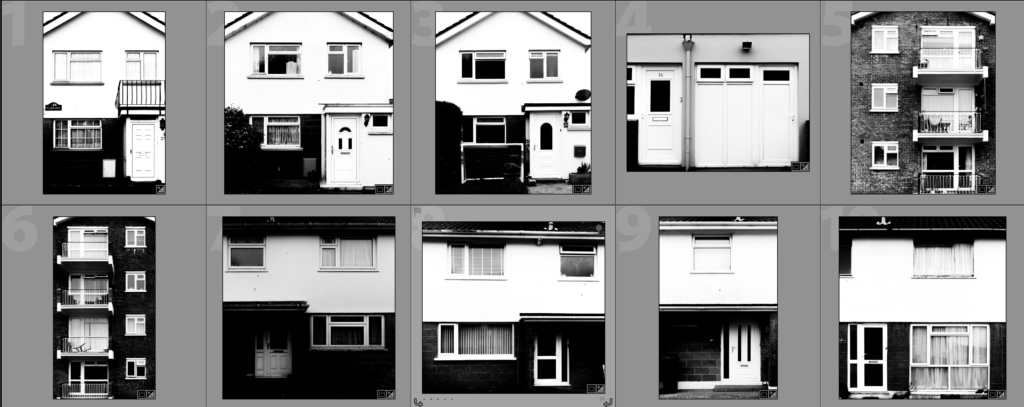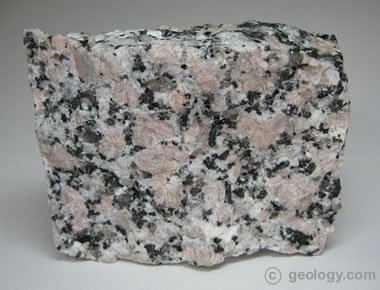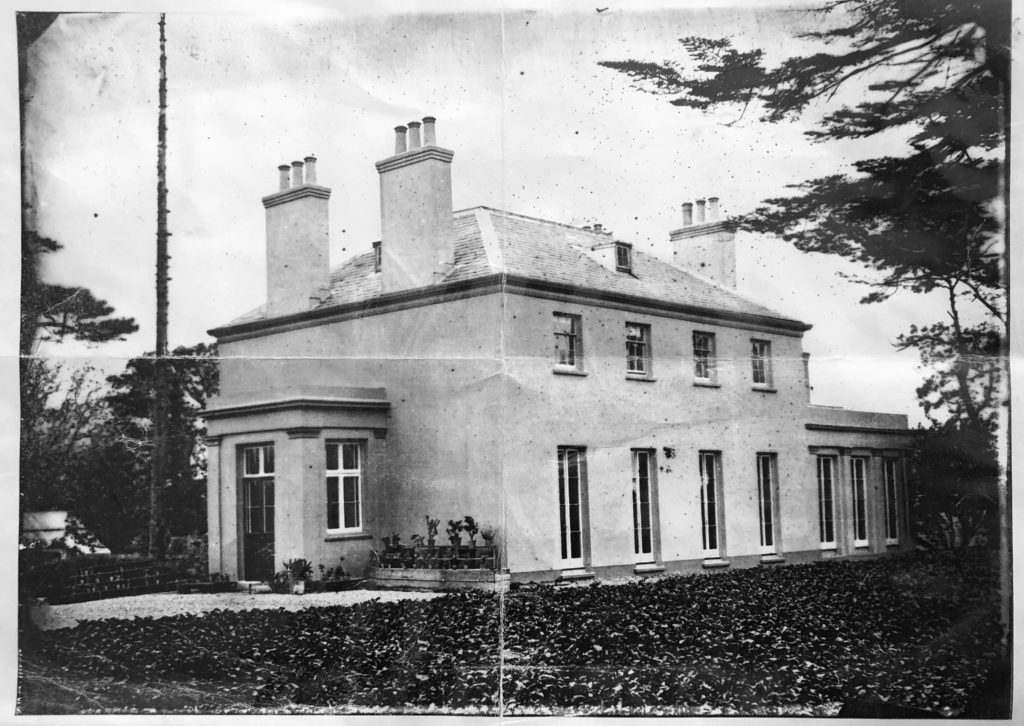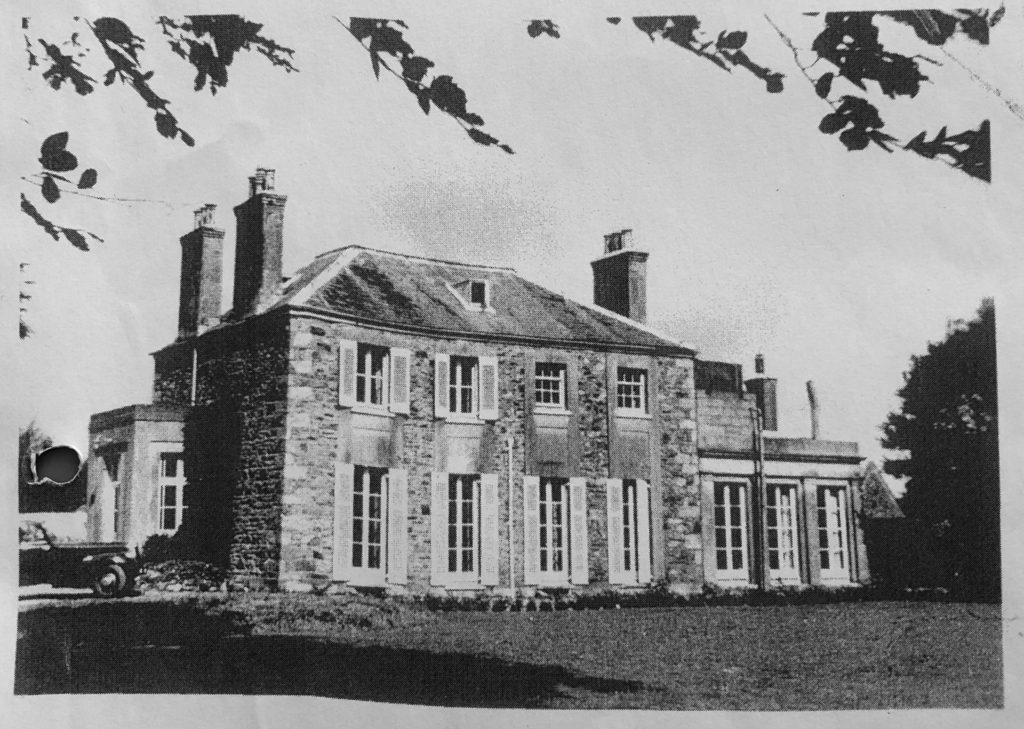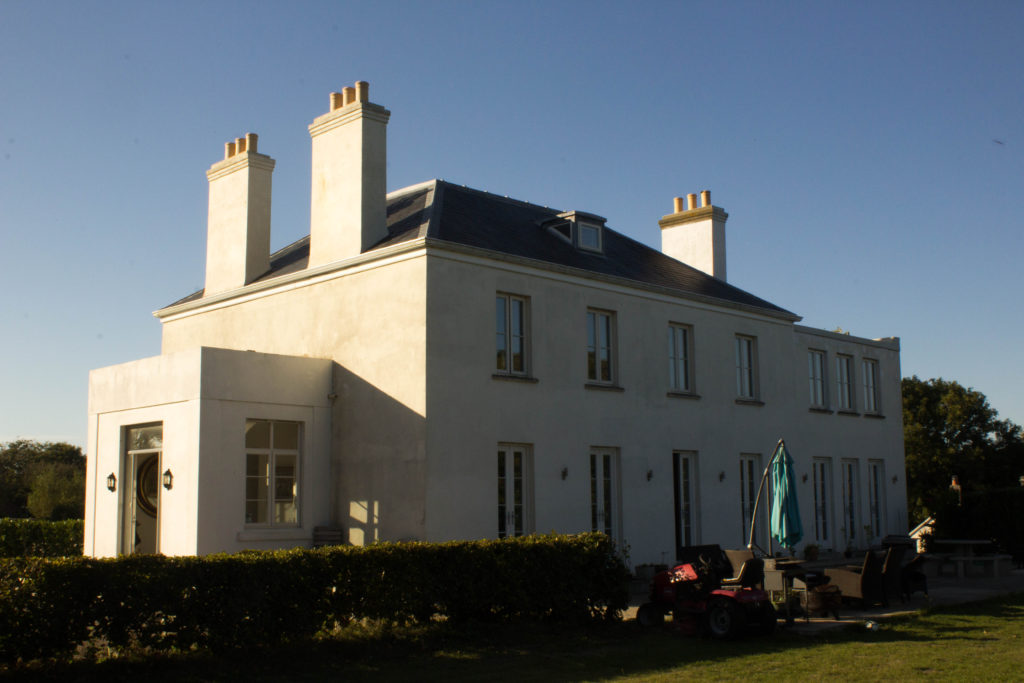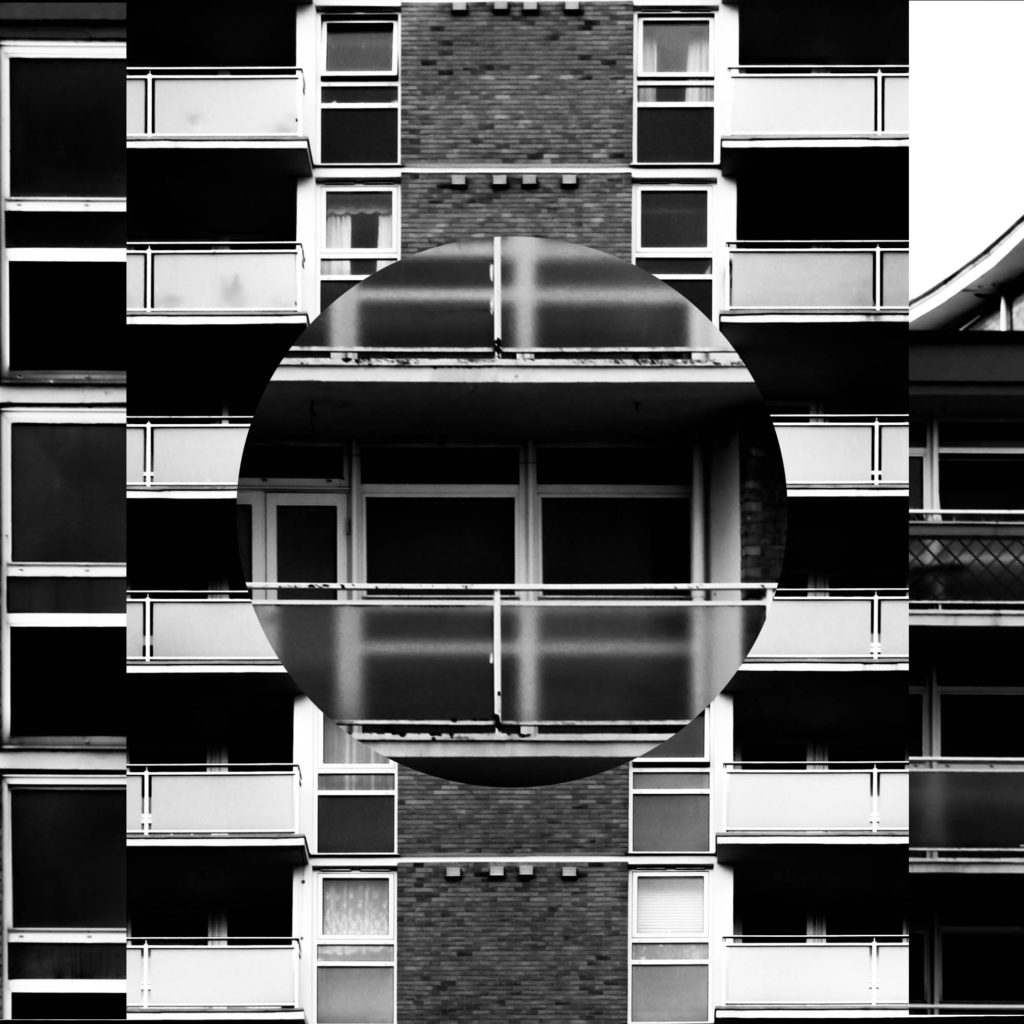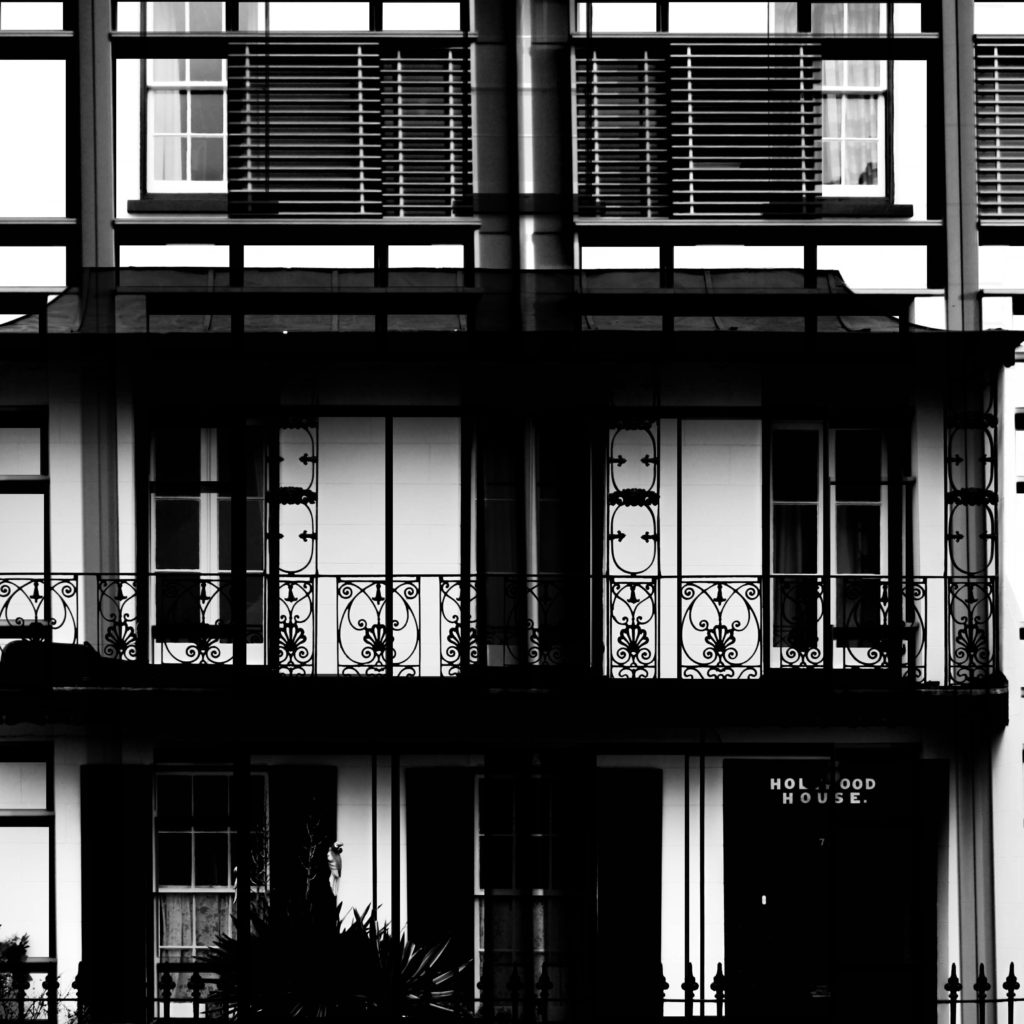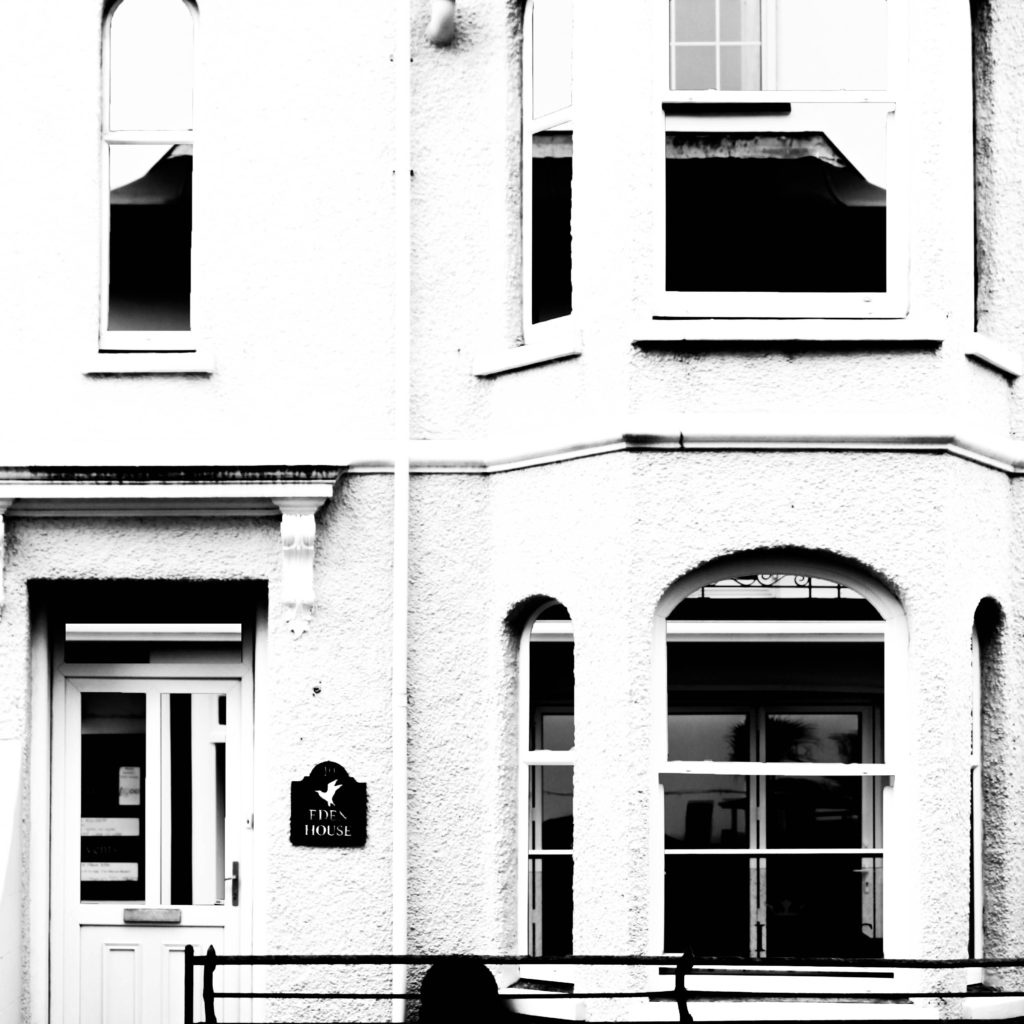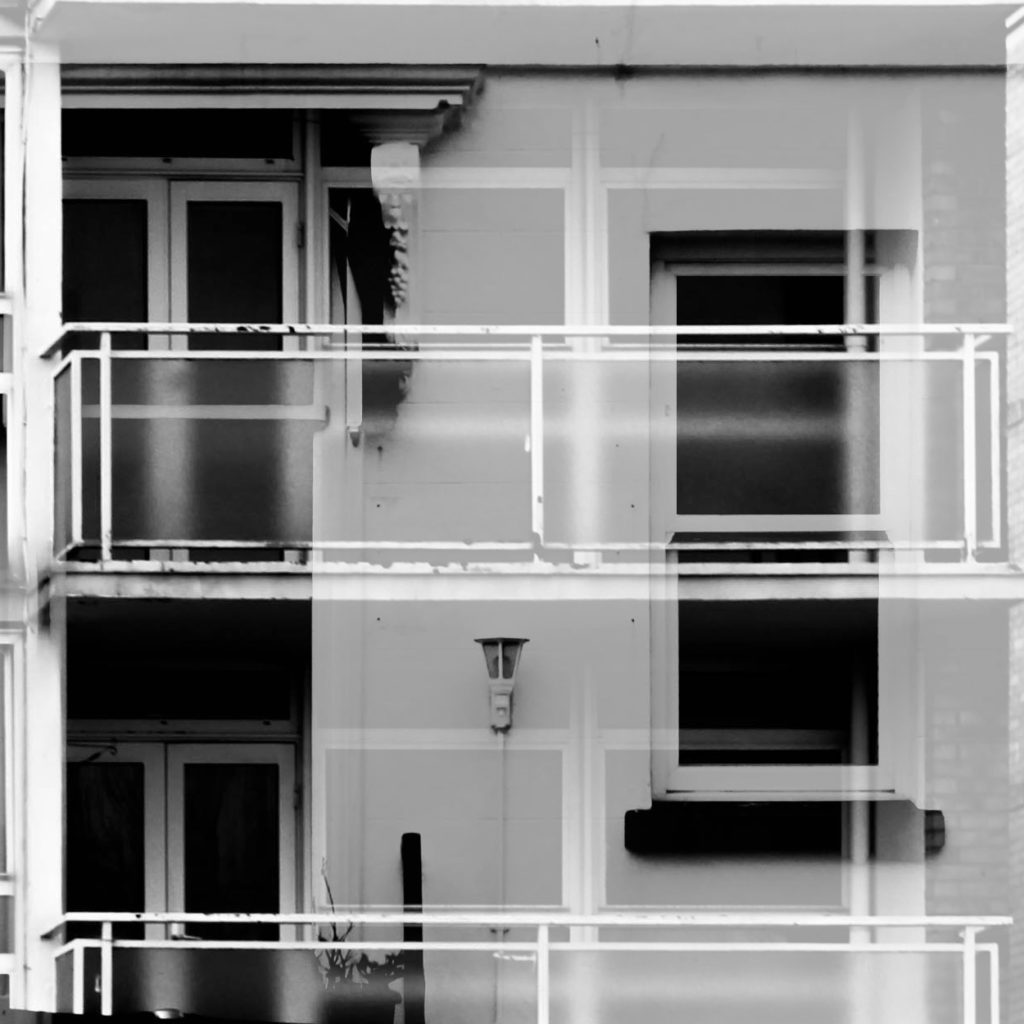In this shoot I have developed on my previous shoots in which I have looked at the faces of housing blocks, office blocks, houses and other types of commercial buildings within Jersey. In my previous shoots I explored the area of Havre Des Pas, St. Helier and St. Peters and took photographs of houses in the area to demonstrate how the houses can have similar features and materials used due to being in the same geographical area whilst also having these features changed slightly in each house to make each house unique and different. In this shoot I have photographed an estate in St. Johns to show how similar the houses in estates can be – they are often designed in bulk to create a quick and easy building process and so leads to lots of similar houses with the same style and layout. Of course, even when looking at how similar these houses all are, there are lots of features which make the houses individualistic, such as the paint colour or the style of window or the curtains. All of these features go towards emphasising how factors such as personal taste can create something ordinary into an individualistic feature that can make the house stand out from others. The essential idea behind this shoot is to reinforce the idea of variance and similarity in previous shoots and to show how even though something may be produced to be similar, there will always be differences. These photographs will contribute to the material that I have available to me to use in editing with my photographs of steel and granite. I have stayed consistent with using the high-contrast black and white filter with these photographs as I believe that it allows for a strong finish when layered over the photographs of steel and granite.



Edits









